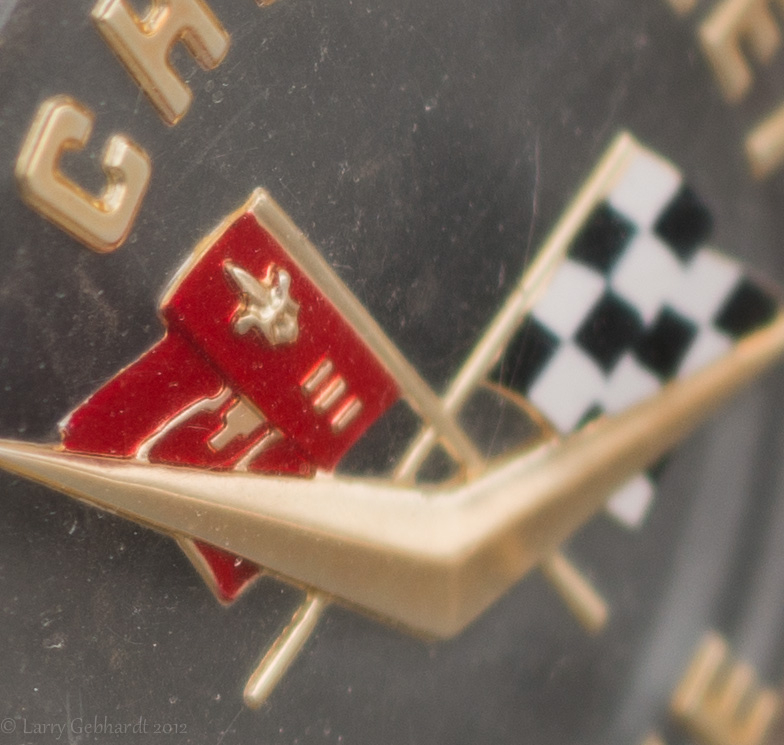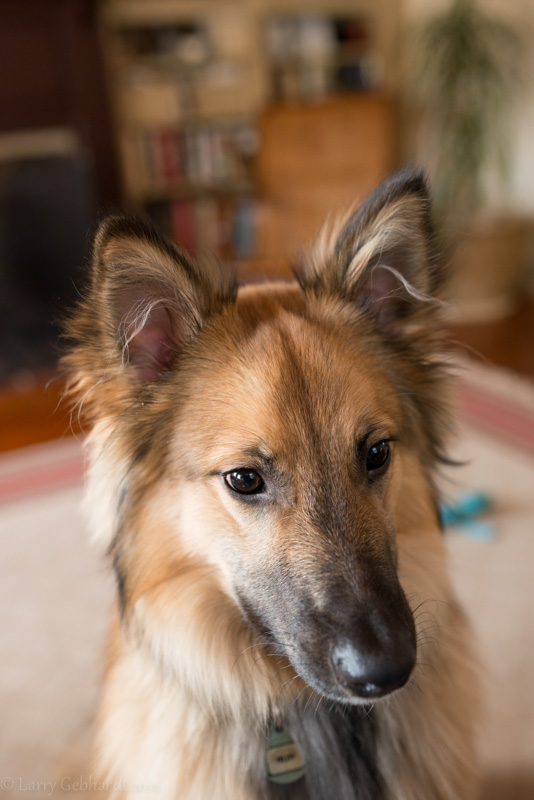One of the reasons I wanted to move to a full frame camera was to be able to use older manual focus lenses with the same field of view as they have on a film camera. For years I’ve had a Nikkormat FTN that I got when I bought a macro lens. For the price of the package, the camera was essentially free. The meter in the camera is off by about three stops, even with a battery adapter to work around the need for old mercury cells. But other than that it works perfectly. I really do enjoy using the all manual and mechanical camera. So over the years I have picked up a few manual focus lenses for the FTN. My intention was to be able to use them on the D800E when I bought that last year.
However reality and my plans didn’t align. Sure the lenses work on the camera, but I’ve found I can’t accurately focus them through the view finder with great consistency. The bright screens that Nikon uses on their autofocus cameras do not let you see critical focus. They also do not contain any manual focus aids like a split prism, or micro prisms. The conventional wisdom says you just use the focus confirmation dot, but I found that the focus dot is lit for quite a range of distances, so hitting focus just right is difficult. I actually get better results using the focus screen than the dot, as long as the subject is well lit and contrasty. One way I can get great results is to use LiveView. But that requires a tripod, and isn’t how I want to shoot much of the time.
When I first got the camera I looked for an alternate focus screen, but Nikon doesn’t offer them for the D800 cameras. And none were available from aftermarket suppliers at the time. So for the most part my manual focus lenses stayed with my old film camera, and really were not used that much.
A month ago it dawned on me that there might now be a focus screen available so I checked Google. There are some inexpensive ones on ebay. A bit of research showed very mixed results for these screens. There is also a company called FocusingScreen.com which has a range of screens for the D800E. They seem to have much better reviews. They are generally positive, so I decided it was worth the price premium to go with them. They also seem to offer higher quality screens based on original Nikon F6 screens. I’m not sure what modifications are made, but I assume it’s cutting some of the edge material to fit.
My favorite type of focusing screen is the K type, which contains a split prism surrounded by a ring of microprisms. But there doesn’t seem to be one with that configuration available for the D800. My FTN has a J type screen which is just micro prisms, and I have no issues focusing that. So I placed an order for the F6-J based screen. Ordering was bit odd, in that the PayPal checkout showed a tax. I checked with the company and it’s not really a tax, but rather the PayPal fees. So the price advertised on the site isn’t really the price you pay. Buyer beware. Other than that slight annoyance the order went smoothly.
The screen arrived about ten days after I ordered it, which apparently included a few days for them to make the screen.
Installation is documented on the FocusingScreen site. Their English is bit broken, and the instructions seem overly complicated at first. But the actual procedure is simple, and once you’ve done it you wonder why it took so many words to describe. I don’t want to responsible, so I’m not going to try to write up better instructions (and I’m not sure I can do a better job).
So does it work? It seems to, but it also seems to have messed up the metering. That’s not a surprise since the D800 meters through the focus screen (I’m sure that’s the main reason Nikon doesn’t want to support user replaceable screens). In subsequent posts I’ll try cover some of my tests with different lenses and seeing if I can get the metering adjusted to work consistently. I’m sure I’ll run into some issues. I just hope they aren’t show stoppers.











